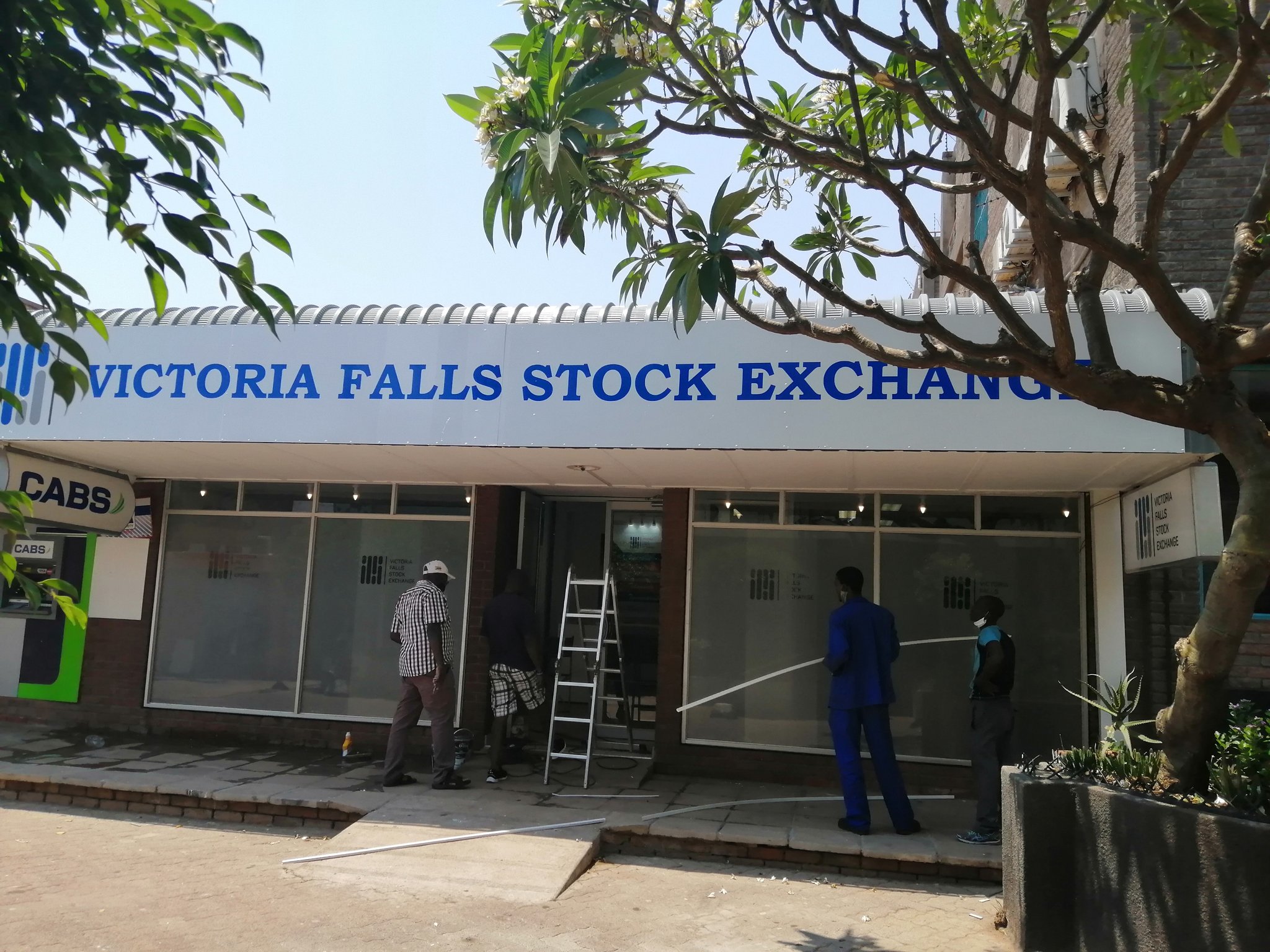Zim manufacturing sector should grow above 10 pc annually, CZI
Zimbabwe faces a colossal task in its quest to attain an upper middle-income economy status by 2030 as it emerged the level of growth in the manufacturing sector continues to hover below 10 percent per annum.
The CZI argues that the sector can only contribute significantly towards the national vision 2030 if it grows above 10 percent annually.
According to the 2022 CZI manufacturing sector survey results released on Thursday last week, capacity utilisation in the sector dipped to 56,1 percent from 56,52 percent in 2021.
The Government is targeting an upper middle-income status by 2030 underpinned by the National Development Strategy 1, a five-year economic blue-print launched in 2021.
The blue-print will be superseded by NDS 2, another five-year economic policy to run between 2026 and 2030, but industry say it has to be supported and grow at 10 percent and above if it is to march the envisaged status.
In his remarks during the presentation of the survey results, CZI president Kurai Macheza, said despite the key success factors remaining as a stable macro-economic environment, there is a lot more that needs to be done.
“The ambition before us as a country, as a business and also as a manufacturing sector, is to become an upper middle-income economy and this means actual delivery to the generality of the people, they have got to feel it in their standard of living.
“We believe in its possibility and we also believe that it requires the same ambitious measures in creating an environment for the business and manufacturing sector.
“But is the rate of growth in our manufacturing sector adequate to reach that ambition? The rate of growth we need for the sector to get to the upper middle income status is no less than 10 percent per annum. And as an economy for us to achieve that Vision 2030 from where we are right now with the remaining years, we certainly need to be growing no less than 10 percent per annum,” he said. “So, it is a mammoth task that we all must endeavour to deliver.”
He said the performance of the sector during the period of macro-economic stability between January and September last year testifies to the effect that stability is a good thing for the sector and the economy.
“Performance between January and September 2022 is testimony to this. Sustaining stability is therefore one of the elusive targets which needs to be achieved in order to sustain the growth,” said Macheza.
In the 2022 CZI manufacturing sector survey report, the country’s largest industrial representative body highlighted that although 40 percent of the 409 firms that participated in the survey invested in the sector, the value of the investment was US$101 million compared to US$147 million the previous year.
In 2021, 38 percent of the companies that participated in the survey invested in the sector.
The latest CZI manufacturing sector report further indicates that since August, the economy has been hogged by tight liquidity conditions compounded by delayed payments of Government contractors and this ultimately slowed down demand for goods and services in the market.
The 200 percent hike in interest rates, which the monetary authorities effected curtailed borrowing for productive purposes by the manufacturing sector.
In the last quarter of 2022, power constraints worsened resulting in intensified load shedding which has seen consumers going for long hours, outside the normal load shedding periods without electricity.
The Zimbabwe Power Company (ZPC) indicated on its website that as of yesterday, the country was generating 755MW against a national demand of 2200MW.-ebusinessweekly











